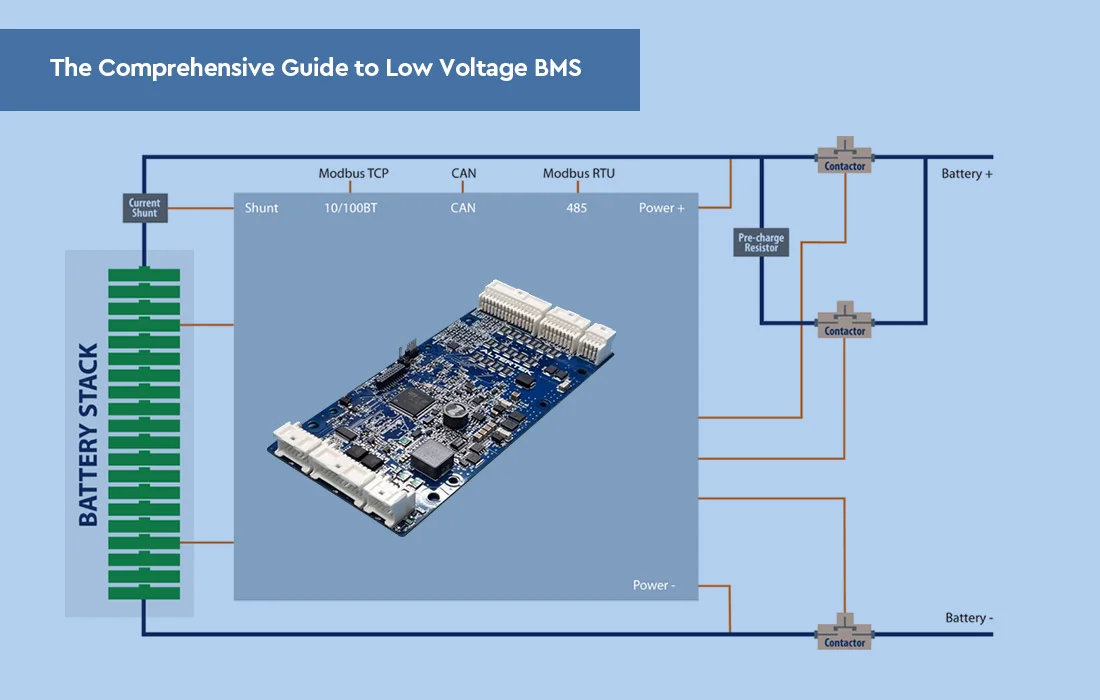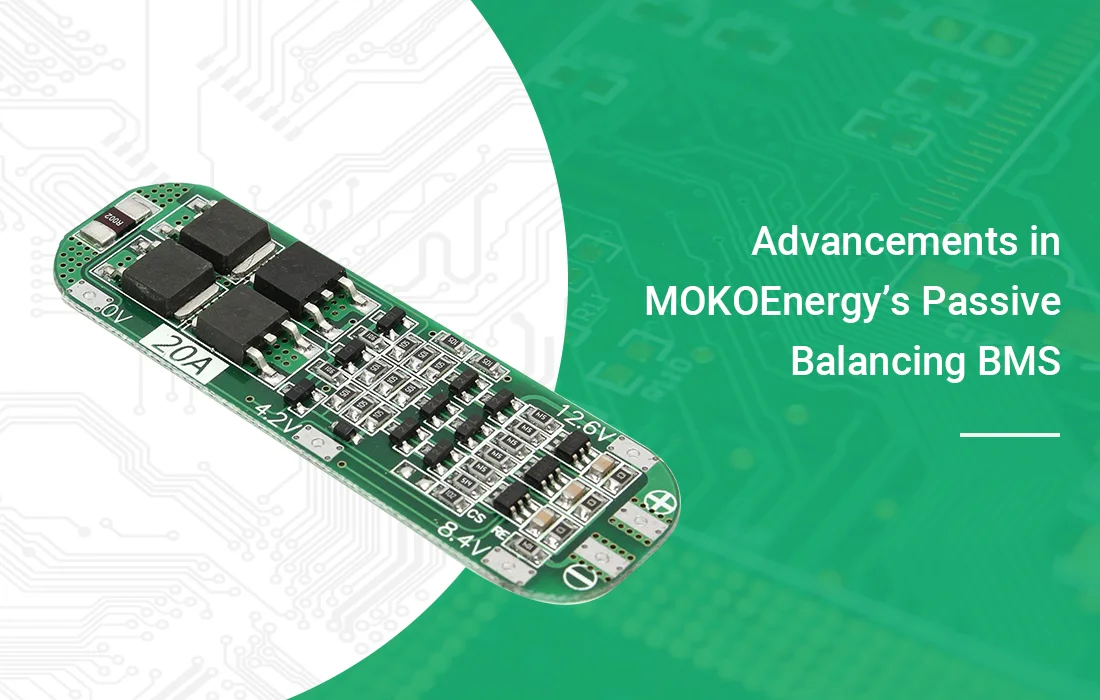To ensure cost savings when it comes to scalable the battery management system, the following methods can be considered:
- Modular design: Battery systems with a modular design make it easy to increase the number of battery cells without having to change the entire system. This allows for gradual expansion based on demand without having to purchase a large-capacity battery pack all at once.
- Unified Hardware: Choose a common type of battery cells and components so that they can be reused in different battery systems. This reduces hardware costs and inventory management complexity.
- Universal BMS: Choose a universal BMS that can be adapted to different types of batteries and voltage configurations. This allows you to reuse the same BMS for multiple applications without having to purchase a BMS specific to each battery.
- Upgradability: Choose hardware and software that supports system upgrades. This means you can upgrade your battery cells, BMS, or other components as needed without having to completely replace the system.
- Consider hybrid systems: In some cases, it can be more cost-effective to mix different types of batteries (e.g., lithium-ion, lead-acid, etc.) because different types of batteries are suited for different uses. This can lower both initial investment and ongoing operational expenses.
- Research and consulting: Research different battery technologies, hardware options, and suppliers in depth before making expansion decisions. Seek guidance from a professional or engineer for expert advice on optimal methods and cost-effective approaches.
MORE: How many BMS should be installed for two separate lithium-ion battery packs connected in series?




